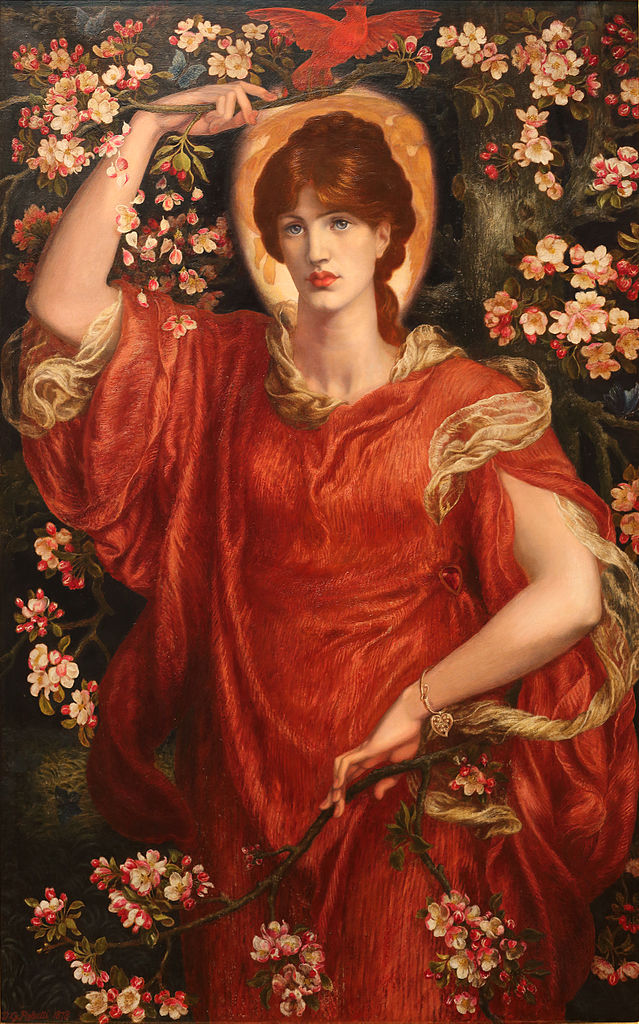My opportunity to meet Sir Roger Scruton was close at hand, but the event of his illness was swift and too soon complete. As associate editor of St. Augustine’s Press, a proud publisher of some of his books, I feel an affinity toward the personal wagers that lay beneath the foundations of his public efforts, and his need not simply to educate but to ‘speak to’. And yet Sir Roger’s bones would rattle if anyone took this to mean he cared about “his voice”.
I cannot share anything about our encounters other than what he did for the intellectual imagination. What I can offer in the wake of his death and in celebration of his life are the musings about what she might be like, if liberalism as he described it were incarnated a woman. I believe beauty demands a notion of conservatism, and Sir Roger’s daydreams serve as proof of beauty’s quittance of the establishment.
There is little interest here for ranking the sexes, for, as Sir Roger I think would agree, beauty (and indeed all the transcendentals) often demands reference to the well-formed beckoning incomplete. If liberalism were rendered woman, the purpose is merely to drive home the fact that liberalism as feminine especially accommodates the fear of remaining unnoticed (a less economic form of slavery?).
Let us suppose also that the realm of ideas is a garden, and the effect of human agency is transposed on this landscape according to self-fascination and the ability of articulating one’s self as a cause. Liberalism is indeed a ‘spirited’ woman, but in order to be what she wants to be she walks through the garden with the expression of a certainty of being observed. She is indeed striking, as confidence is often the odor of perfection, though she is very unlike the classical rose––dour silk, disinterested.
Liberalism like other wanderers seeks to change the landscape. But unlike the man passing by, she does not construct the giant stone edifice pressing itself out of the canopy like a child out of bed. She does not build a temple and twist her figure to lay the mosaic tiles or narrative frescoes. In her corner of the garden one finds, simply enough, trees and flowering beds next to a pristine stream of water. In short, her garden seems no different than the woods through which she has passed. But if one were to place a hand on her art it becomes clear––her leaf is not membrane and her water not drink. Her realm is a synthetic version, her vision of what she knows to be true, something fine pressed through cheesecloth and branded as hers.
The woman liberalism is full of a wonder derived from intuition, though she is secretly repulsed by the hiddenness of the conscience. But this is a creature who cannot admit that it is familiarity and controlled intimacy that informs her, that the water in her stream could never be cold like naturally clean water because she is uneducated. Sir Roger walks into her space and asks her if she had been inspired to make her garden appear as creation or as complement, and if she considered her own power in similar terms. She responds differently each time he passes by, eager to impress and enthrall––but God protect him from her loathing if he does not consistently tell her that she and her logic are flawless, timeless and new! He looks at her hands unsoiled, and he is dismayed.
But today Sir Roger is smiling, now that the answers are no longer his concern, his eyes at last on matchless beauty, and beauteous eyes on him.
Catherine Godfrey-Howell is associate editor of St. Augustine’s Press (South Bend, Indiana) and adjunct professor of canon law at the University of Notre Dame. She holds a doctorate in canon law summa cum laude from the Pontifical University of the Holy Cross (Rome), and is author of the unromantic history of canonical marriage jurisprudence in the United States, Consensual Incapacity to Marry (July 2020).
The image shows, “A Vision of Fiammetta,” by Dante Gabriel Rossetti, painted in 1878.
